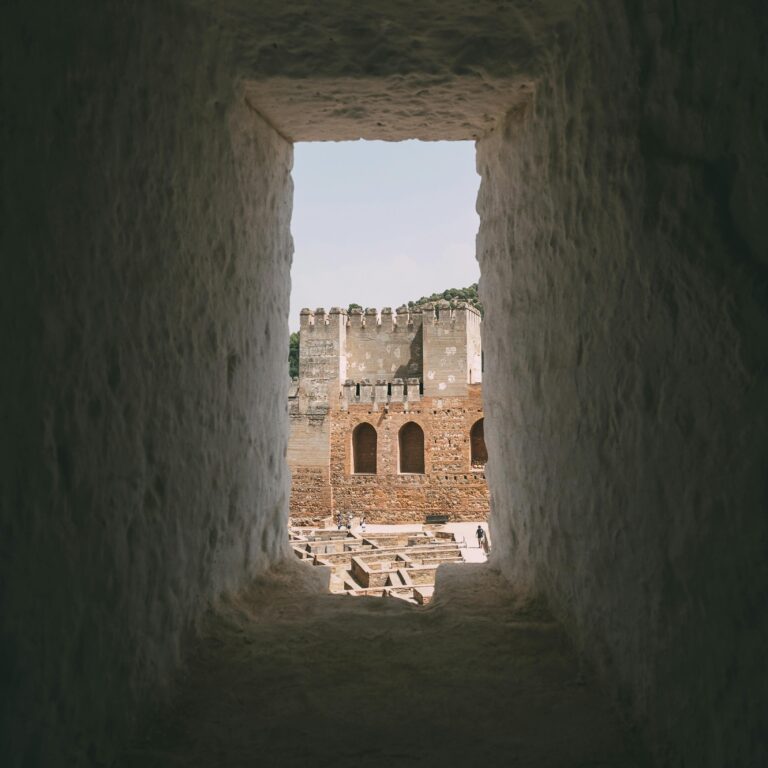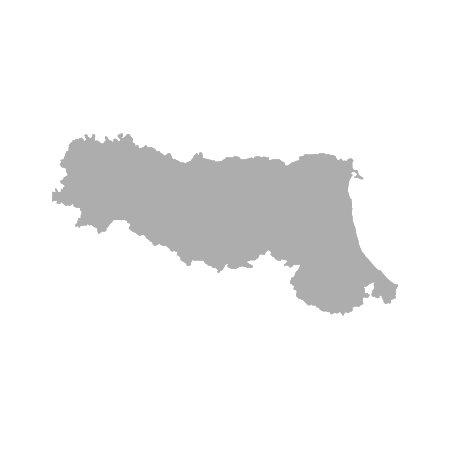Hidden Cities

Nature and Adventure

Gastronomic Experiences

Historic Villages

Art and Culture

Sea and Secret Islands

Spiritual Paths

Traditions and Crafts

Unique moments
Castles and Mansions

Sustainable Tourism

Archeology

Wine Roads

Luxury and Wellness

Legends and Mysteries

Romantic Destinations

Sunsets and Panoramas

Discover beauty

Italy one region at a time
Piemonte

Valle d’Aosta

Lombardia

Trentino-Alto Adige

Veneto

Friuli-Venezia Giulia

Liguria

Emilia-Romagna

Toscana

Umbria

Marche

Lazio

Abruzzo

Molise

Campania

Puglia

Basilicata

Calabria

Sicilia

Sardegna


Reaching Italy

By Plane: Flights from All Over the World
Italy is well connected to the rest of the world, thanks to a network of around 40 airports offering domestic, international, and intercontinental flights.
The main international entry points are Leonardo da Vinci Airport in Rome Fiumicino and Malpensa Airport in Milan. However, many other Italian airports also operate international flights.
Both traditional and low-cost airlines provide a wide range of routes. To get updated information on destinations, schedules, and fares, it’s best to visit the airlines’ official websites.
To reach the city center from the airport, travelers can use taxis, buses, and trains, which offer convenient and efficient connections.
By Train: Direct Connections from Europe
Thanks to the extensive European railway network, reaching Italy by train is easy, with direct arrivals into city centers.
EuroCity trains provide international connections between major European cities, with a variety of routes and departure times. Those who prefer overnight travel can take EuroNight trains, which allow passengers to sleep during the journey.
By Car or Motorcycle: Exploring Italy by Road
Italy is easily accessible by car or motorcycle through the European highway network and multiple Alpine passes. You can enter the country from Austria, France, Switzerland, and Slovenia.
The main tunnels and passes open year-round include:
- Mont Blanc Tunnel: connects France with the A5 motorway leading to Turin and Milan.
- Frejus Tunnel: links France with the A32 motorway toward Turin.
- Great St. Bernard Tunnel: connects Switzerland to the A5 motorway leading to Turin and Milan.
- Brenner Pass: crosses Austria and links to the A22 motorway toward Bologna.
Keep in mind that some tunnels may close during winter due to heavy snowfall. For real-time updates on road conditions, check official motorway websites.
By Bus: Traveling to Italy from Across Europe
Traveling by bus is an affordable alternative for reaching Italy. Several companies offer long-distance services, connecting the country with various European cities. In recent years, many low-cost bus operators have expanded their routes, making this option even more accessible.
By Ship: Arriving from Mediterranean Ports
With over 8,000 km of coastline and numerous ports, Italy is easily reachable by sea.
Several international ferry routes operate to and from Italy, and ticket prices vary depending on the season and whether you are traveling with a vehicle such as a car or motorcycle.
Some of the main ferry companies offering international routes include:
- Grimaldi Lines: connects Italy with Greece, Spain, and Tunisia.
- GNV (Grandi Navi Veloci): provides routes to Morocco, Tunisia, and Albania.
- Blue Star Ferries: offers connections from Greece (Igoumenitsa, Corfu, Patras) to Ancona, Venice, and Bari.
- Tirrenia Navigazione: operates routes to Tunisia and the Italian islands (Sicily and Sardinia).
Before departure, it is advisable to check ferry schedules, travel times, and ticket prices on the official websites of the ferry companies.
Customs Regulations and Required Documentation
Travelers entering Italy must comply with customs regulations, which impose restrictions on certain goods such as food, alcohol, tobacco, pharmaceuticals, and cultural artifacts.
Regarding cash transportation, amounts up to €9,999.99 can be brought into Italy without a declaration. Any sum exceeding this limit must be declared to customs authorities to avoid fines, which can range from 30% to 50% of the undeclared amount.
Specific rules also apply to personal belongings, the transport of animal and plant-based goods, and the entry of pets into the country.
These same regulations must be followed when departing from Italy, whether traveling back to your home country, another European destination, or elsewhere. For detailed information, travelers can refer to the Traveler’s Customs Guide.
Current Travel Conditions
COVID-19 Restrictions
Since June 1, 2022, there are no longer any COVID-19 entry requirements for Italy. Travelers do not need a Green Pass or any equivalent certificate to enter the country. Public transport, restaurants, shops, museums, theaters, cinemas, stadiums, gyms, and other venues are accessible without restrictions.
Face Mask Usage
Since October 1, 2022, face masks are no longer mandatory on public transport. However, their use is still recommended in crowded indoor spaces.
For updated travel information, visit the official website www.dgc.gov.it.
Rent a bike

By Plane: Flights from All Over the World
Italy is well connected to the rest of the world, thanks to a network of around 40 airports offering domestic, international, and intercontinental flights.
The main international entry points are Leonardo da Vinci Airport in Rome Fiumicino and Malpensa Airport in Milan. However, many other Italian airports also operate international flights.
Both traditional and low-cost airlines provide a wide range of routes. To get updated information on destinations, schedules, and fares, it’s best to visit the airlines’ official websites.
To reach the city center from the airport, travelers can use taxis, buses, and trains, which offer convenient and efficient connections.
By Train: Direct Connections from Europe
Thanks to the extensive European railway network, reaching Italy by train is easy, with direct arrivals into city centers.
EuroCity trains provide international connections between major European cities, with a variety of routes and departure times. Those who prefer overnight travel can take EuroNight trains, which allow passengers to sleep during the journey.
By Car or Motorcycle: Exploring Italy by Road
Italy is easily accessible by car or motorcycle through the European highway network and multiple Alpine passes. You can enter the country from Austria, France, Switzerland, and Slovenia.
The main tunnels and passes open year-round include:
- Mont Blanc Tunnel: connects France with the A5 motorway leading to Turin and Milan.
- Frejus Tunnel: links France with the A32 motorway toward Turin.
- Great St. Bernard Tunnel: connects Switzerland to the A5 motorway leading to Turin and Milan.
- Brenner Pass: crosses Austria and links to the A22 motorway toward Bologna.
Keep in mind that some tunnels may close during winter due to heavy snowfall. For real-time updates on road conditions, check official motorway websites.
By Bus: Traveling to Italy from Across Europe
Traveling by bus is an affordable alternative for reaching Italy. Several companies offer long-distance services, connecting the country with various European cities. In recent years, many low-cost bus operators have expanded their routes, making this option even more accessible.
By Ship: Arriving from Mediterranean Ports
With over 8,000 km of coastline and numerous ports, Italy is easily reachable by sea.
Several international ferry routes operate to and from Italy, and ticket prices vary depending on the season and whether you are traveling with a vehicle such as a car or motorcycle.
Some of the main ferry companies offering international routes include:
- Grimaldi Lines: connects Italy with Greece, Spain, and Tunisia.
- GNV (Grandi Navi Veloci): provides routes to Morocco, Tunisia, and Albania.
- Blue Star Ferries: offers connections from Greece (Igoumenitsa, Corfu, Patras) to Ancona, Venice, and Bari.
- Tirrenia Navigazione: operates routes to Tunisia and the Italian islands (Sicily and Sardinia).
Before departure, it is advisable to check ferry schedules, travel times, and ticket prices on the official websites of the ferry companies.
Customs Regulations and Required Documentation
Travelers entering Italy must comply with customs regulations, which impose restrictions on certain goods such as food, alcohol, tobacco, pharmaceuticals, and cultural artifacts.
Regarding cash transportation, amounts up to €9,999.99 can be brought into Italy without a declaration. Any sum exceeding this limit must be declared to customs authorities to avoid fines, which can range from 30% to 50% of the undeclared amount.
Specific rules also apply to personal belongings, the transport of animal and plant-based goods, and the entry of pets into the country.
These same regulations must be followed when departing from Italy, whether traveling back to your home country, another European destination, or elsewhere. For detailed information, travelers can refer to the Traveler’s Customs Guide.
Current Travel Conditions
COVID-19 Restrictions
Since June 1, 2022, there are no longer any COVID-19 entry requirements for Italy. Travelers do not need a Green Pass or any equivalent certificate to enter the country. Public transport, restaurants, shops, museums, theaters, cinemas, stadiums, gyms, and other venues are accessible without restrictions.
Face Mask Usage
Since October 1, 2022, face masks are no longer mandatory on public transport. However, their use is still recommended in crowded indoor spaces.
For updated travel information, visit the official website www.dgc.gov.it.
Copyright 2024 © All rights Reserved.
Cool Heritage, via riberia 33, 27029 Vigevano (PV)
P.iva: 02867990182
